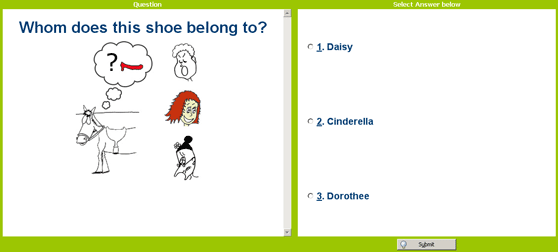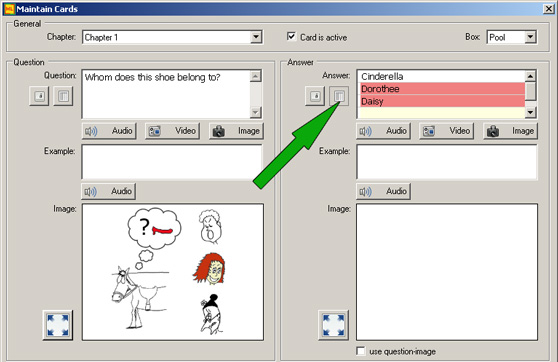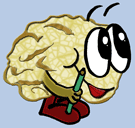It's all about making the right choice
Have you ever heard of the fairy tale Cinderella? It's a story about a girl who is treated like a servant by her stepmother and stepsisters. One day, the king prepares a ball to find a wife for the his son, the prince.
Cinderella dreams of attending the dance and is miraculously provided with a beautiful gown and a fancy carriage. Warned that this magic will last only until midnight, Cinderella leaves for the ball.
At the ball, the prince invites a mysterious beauty (Cinderella) to dance. Her stepsisters glare and jealously criticize the prince's choice of women.
Cinderella and the prince fall in love, but as midnight is about to strike, Cinderella has to flee, leaving only one of her shoes behind.
The next day, armed with the shoe, the prince begins to search far and wide for his mysterious love the next day. To her delight, the prince recognizes Cinderella by placing the shoe on her foot.

My kids just adored this story when they were still little. I had to read it out to them every night before they went to sleep. And they especially liked the moment when the prince has to make the correct choice and finds the right foot for the shoe.
We all have to make choices and learn from them, no matter how old we are and how our lives may look like. This applies to the educational context as well and most of us know a very direct way of being asked to make a choice: Multiple-choice tests.
What are multiple-choice tests and why can they be very helpful? Multiple choice tests contain questions or incomplete statements followed by several answer choices, including at least one correct answer.
Whereas the questions or incomplete statements are called stem, the correct answer(s) are called key, the incorrect answers distractors.

High quality multiple choice tests can be highly effective. For example, a very recent study that was presented by Chris Evans and Peter Spencer at the IADIS International e-Learning Conference 2008
shows that the incorporation of interactive self-assessment tasks into e-learning systems positively affects knowledge transfer. One option to create self-assessment tasks is the multiple-choice test.
By incorporating multiple choice tests into learning units, students are actively engaged in the construction of knowledge rather than passively receiving it.
If you combine multiple-choice tests with flashcards and use them as a complementary study tool you improve knowledge transfer skills as well as content retention, so that your learning efficiency is optimized.
MemoryLifter does not only enable you to combine these two learning methods, but also gives you the opportunity to foster your learning audiovisually.
Fun can be of much avail
MemoryLifter shows you how
Go ahead and try it now!
|

MemoryLifter is available for free. The success of this freeware depends on whether people recommend it to others. Please forward this newsletter or tell a friend.

